This blog has been updated on - June 15, 2023
Data analytics in healthcare is one of the medical industry's driving forces, revolutionizing how patients are being taken care of. It can even reduce expenses and streamline internal and other medical processes at a corporate level.
The use of healthcare data analytics enables more individualized treatments, better decision-making, and patient well-being. Hospitals leveraging big data analytics and insights are more likely to get quicker and more precise findings to take accurate precautionary actions.
A recent report projected that the healthcare analytics market will reach 85.9 billion by 2027, growing at a CAGR of 25.7%.
Upon using data analytics, the medical industry can choose between treatments or surgeries and forecast the course of major health occurrences. With this, health experts can initiate long-standing plans based on data-driven reports and analysis that swiftly collect and deliver comprehensive & reliable data.
In this blog, we will give you an overview of big data analytics in healthcare and how it is used to improve outcomes in the healthcare industry.
Table of Contents:
- Healthcare Analytics: Offering Real-Time Information
- Types of Healthcare Data Analytics
- How Do Big Data Analytics and Healthcare Work?
- Top Benefits of Data Analytics in Healthcare for Improved Outcomes
- Real-world Data Analytics in Healthcare Examples
- Maximize the Efficiency of your Healthcare Analytics Strategy with Experts at BluEnt
- FAQs
Healthcare Analytics: Offering Real-Time Information
Data analytics in healthcare is the act of examining recent and past medical data to forecast developments and trends, enhance outreach, and control disease transmission.
It also involves the role of predictive analytics in healthcare to enhance the standard of patient care, medical data, diagnostics, company operations, and administration using insights at both the micro and macro levels.
According to GrandViewResearch's study, the current market size value of healthcare analytics is USD 43.1 billion, and it will turn into USD 167.0 billion in 2030.
Here is how healthcare data analytics helps in patient care and medical facilities:
Clinical analytics allows executives to work more effectively by delivering facts and information that help in decision-making and giving practical insights.
Data analytics solutions in healthcare work best when integrated with data visualization and business intelligence (BI).
Healthcare analytics also aids in the evaluation & training of specialists. It helps in the detection of scan irregularities and the forecasting of pandemics like COVID-19.
It enhances the quality of clinical care with easy access to medical records of patients and determines patterns of treatment, diagnosis, and care.
Boosts patient engagement by drafting personalized campaigns for better outreach. This brings more clarity to customer response.
Helps in determining what patients are expecting from healthcare providers and what can be improved.
Before defining the types of data analytics in healthcare, let's take you through some key facts and figures on it.
Let's briefly explore the types of data analytics in healthcare.
Types of Healthcare Data Analytics
The following are the most popular data analytics subcategories.
Descriptive analytics: Uses complete data, including the recent and records, to translate observations and insights into future trends of big data.
Prescriptive analytics: Uses machine learning to formulate actionable strategies.
Predictive analytics: Predictive analytics in healthcare calculates and models potential future events.
Discovery analytics: Also makes use of machine learning. However, the agenda is to analyze medical data and find patterns that offer useful insights.
Big data in healthcare also uses practical and intensive data warehousing applications to help organizations with tons of data related to patient health records.
Want to improve patient outcomes through data? Invest in healthcare data analytics services to get desired results.
Get Big Data Insights & AnalyticsHow Do Big Data Analytics and Healthcare Work?
Every facet of patient care and operational running in the medical industry can benefit from big data in healthcare.
These belts are anticipated to be most affected by the benefits of data analytics. After all, it reinvigorates its ability to transform raw data into practical insights. This is how advanced analytics empowers both hospitals & patients in keeping virtual healthcare at their fingertips:
Greater efficiency in exchanging patient-doctor information, data, and feedback.
Earlier discoveries and investigations of infection or illness.
Making inpatient and outpatient care more personal.
Reducing the frequency of non-essential clinician appointments.
Automating organizational admin procedures.
Precise calculations of insurance rates.
Discovering new medicines.
Now take note of some exclusive benefits of introducing big data in healthcare.
Recommended Reading:
Top Benefits of Data Analytics in Healthcare for Improved Outcomes
The extensive data gathered via healthcare analytics companies can yield a variety of intelligent and actionable insights.
Risk Factor Detection and Identification
Finding risk factors in people who are vulnerable to a particular ailment is significant when it comes to taking precautions.
Big data analytics in healthcare can be efficiently utilized to find risk variables that were not connected to disease or condition in the past.
Beneficial for doctors, who can make quick judgments based on insights drawn from data analytics. They can also conduct predictive analytics for risk management to foresee pandemic-like scenarios. This information via analytics can also be utilized to forecast the early onset or subsequent development of all kinds of diseases.
Understanding workforce Patterns & Identify Issues
Data analytics in hospitals is quite helpful in understanding workforce patterns and identifying problems resulting from them, such as over-staffing or under-staffing.
Inadequate patient care or financial loss because of understaffing or overstaffing can be a major issue for hospitals.
This is where all types of healthcare apps using advanced analytics can prevent these issues by scanning extensive admission records and data gathered over the years.
With analytics, the accurate recognition and prediction of admission patterns or issues are done one to two weeks in advance.
This information helps to plan proper staffing for periods when more admissions are anticipated.
As a result, patients have a good experience, and it enhances overall patient care.
Preventive Care and Patient Involvement
Healthcare analytics tend to increase patient involvement.
Several potential patients use smart gadgets such as the Internet of Things or IoT for healthcare benefits. This helps them monitor their overall health involving a variety of parameters like step count, sleep analysis, and heartbeat.
These metrics help in keeping a constant check on the required parameters allowing them to cut back on clinical appointments.
Using big data and healthcare, health practitioners can spot a possible risk factor that can be prevented through in-person attention and care.
All-Encompassing Electronic Health Records
A digital record includes the entire medical history of the patient and the family members, including but not limited to data on sensitivities, prescriptions, test findings, and previous illnesses.
It makes it simple to prevent identical records and unnecessary documentation.
All records & reports are retained for a long time without the worry about information loss or other issues that might lead to inadequate documentation.
It uses a simple application of big data implementation in healthcare to make it easier for doctors and nurses to gather a large volume of information.
There is no need for transporting medical data between departments, doctors, and healthcare providers because they are instantaneously accessible by the relevant members.
Financial Risk Control
Financial risks that healthcare institutions face result from unpaid invoices, underused records, decreased reimbursements, and many other elements.
The use of predictive analytics in healthcare through artificial intelligence technology can be tremendously useful in gathering information. This includes tracking down unpaid invoices, cash flow statements, etc.
Recommended Reading:
More Advancement Through Technology
In addition to the enormous advantages of digitization and its capacity to solve present issues in the medical sector, healthcare data analytics offers the possibility to create BI solutions.
It can run an analysis of enormous amounts of health data to identify the most precise treatment alternatives that are tailored to the patient's complete health record. This indicates the massive demand for technology in the healthcare sector.
Predictive Population Health Management
With the emergence of Population Health Management, the healthcare industry is becoming more and more concerned with forecast and prevention.
Predictive analytics has the potential to detect chronic illness risk patterns early on. It also contributes to more affordable patient care. This allows medical professionals to act early and avoidthe complications of later phases.
During the coronavirus pandemic, healthcare analytics gained more prominence. Today, it is used by healthcare institutions along with healthcare mobile app solutions to help manage global health crises more effectively.
The demand for high-quality medical treatment won't go away. And because of this, the benefits of data analytics in healthcare companies will be in demand and remain significant.
Real-world Data Analytics in Healthcare Examples
Preventive Care Through Insurance
Preventive care is a critical need for high-risk patients and healthcare systems. It employs healthcare analysts to identify risk factors and issues that may remain unnoticed during diagnosis and treatment.
In such a case, Blue Cross Blue Shield applied big data management and analytics efforts to attain old pharmacy & insurance data. As a result, they were able to identify around 750 risk factors for opioid abuse and overdose. This also helped them predict & prevent the risks of the same.
Higher Productivity & Cost-efficiency
The benefits of AWS analytics in healthcare encourage quality and cost-efficiency at the same time.
This can be seen in another data analytics in healthcare example when the largest healthcare system in Hawaii saved a whopping $2.2 million over 16 months.
Hawaii Pacific Health (HPH) used a data-driven labor management system for staffing purposes. It gave access to visual representations of resources utilized and needed for hospital operations.
Maximize the Efficiency of your Healthcare Analytics Strategy with Experts at BluEnt
Analytics offers healthcare providers and management a blend of economic and organizational intelligence & insights. It also provides knowledge that can enhance patient care experiences, and current practices and deliver exceptional services.
Decisions and resolutions in the medical field have a profound impact on a patient's life as well as the community.
BluEnt provides both basic and extensive analytics solutions to businesses partnering with us. Our solutions for data analytics in healthcare are designed to assist your management and caretakers in making the best decisions possible.
Our bespoke specialization in enterprise data management focuses on big data management, big data analytics and insights, big data implementation, and predictive analytics. At BluEnt, our team of certified and experienced data scientists is well-versed in the latest techniques & tools to deliver success-driven business solutions and services.
Ready to implement healthcare analytics? Get in touch with us
Go through our portfolio to learn more about our data analytics services and data insights solutions.
Frequently Asked Questions
What are the challenges of implementing data analytics in healthcare?
The major challenges of healthcare analytics are:
Quality issues with unstructured healthcare data make it inaccessible on multiple devices and systems.
Privacy issues with cross-device sharing of clinical data in a data lake or a central repository like a data warehouse.
A lack of knowledge regarding healthcare analytics can make it more problematic for hospitals and medical centers that can't access experts for data insights and analysis.
What is public health analytics?
Public health analytics is a process of gathering, analyzing, and monitoring the health and medical data of the entire population. It includes records of birth and mortality rates, diagnosis, treatment, and recovery data, medical claims, demographic and socio-economic data, etc.
Public health organizations hire healthcare analysts to observe disease trends and preventive patterns in the population. It further helps them in disease control and resource allocation for treatments.


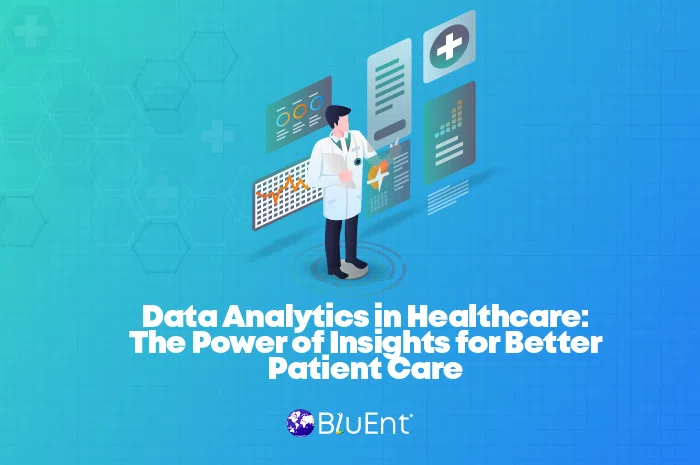
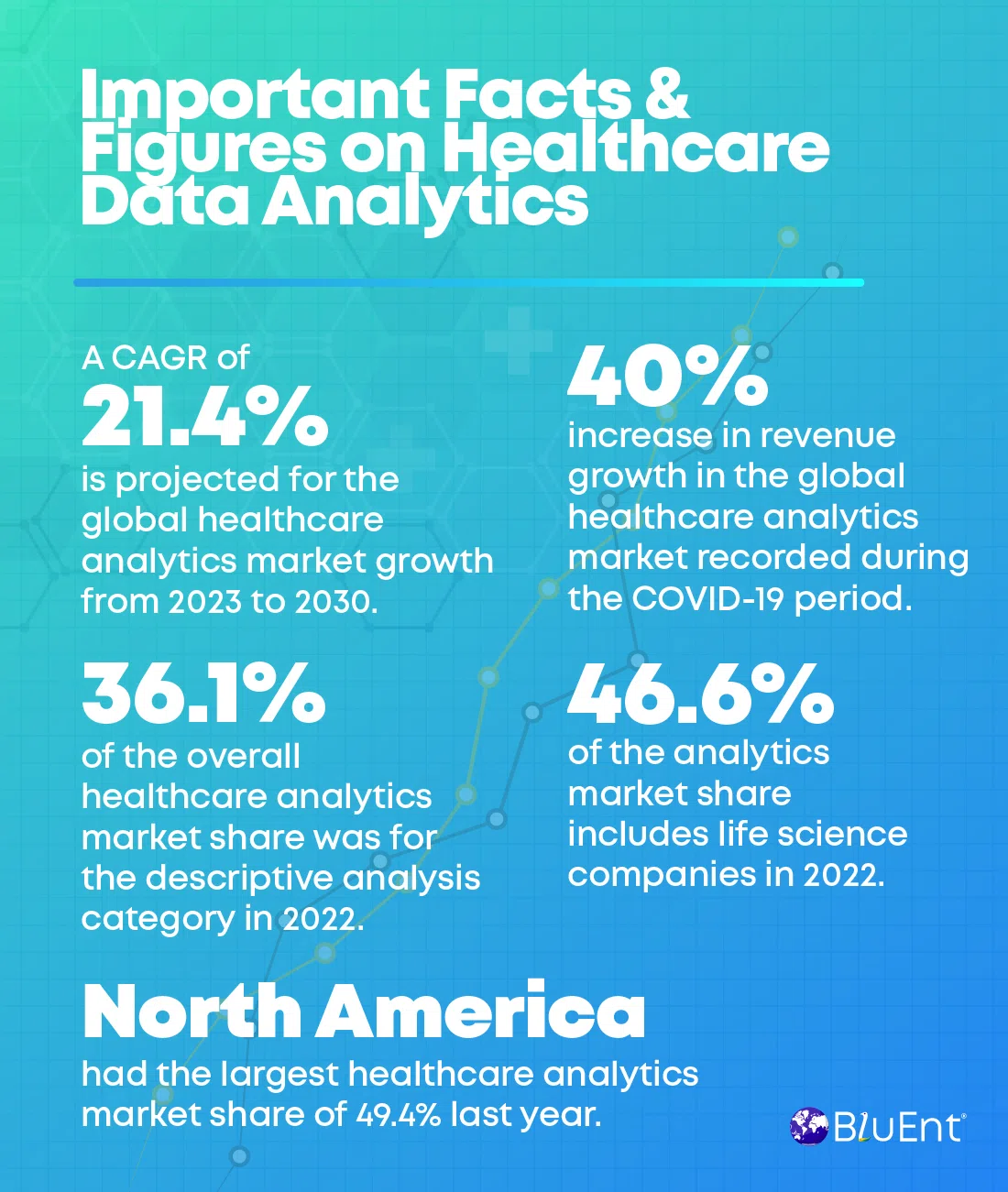
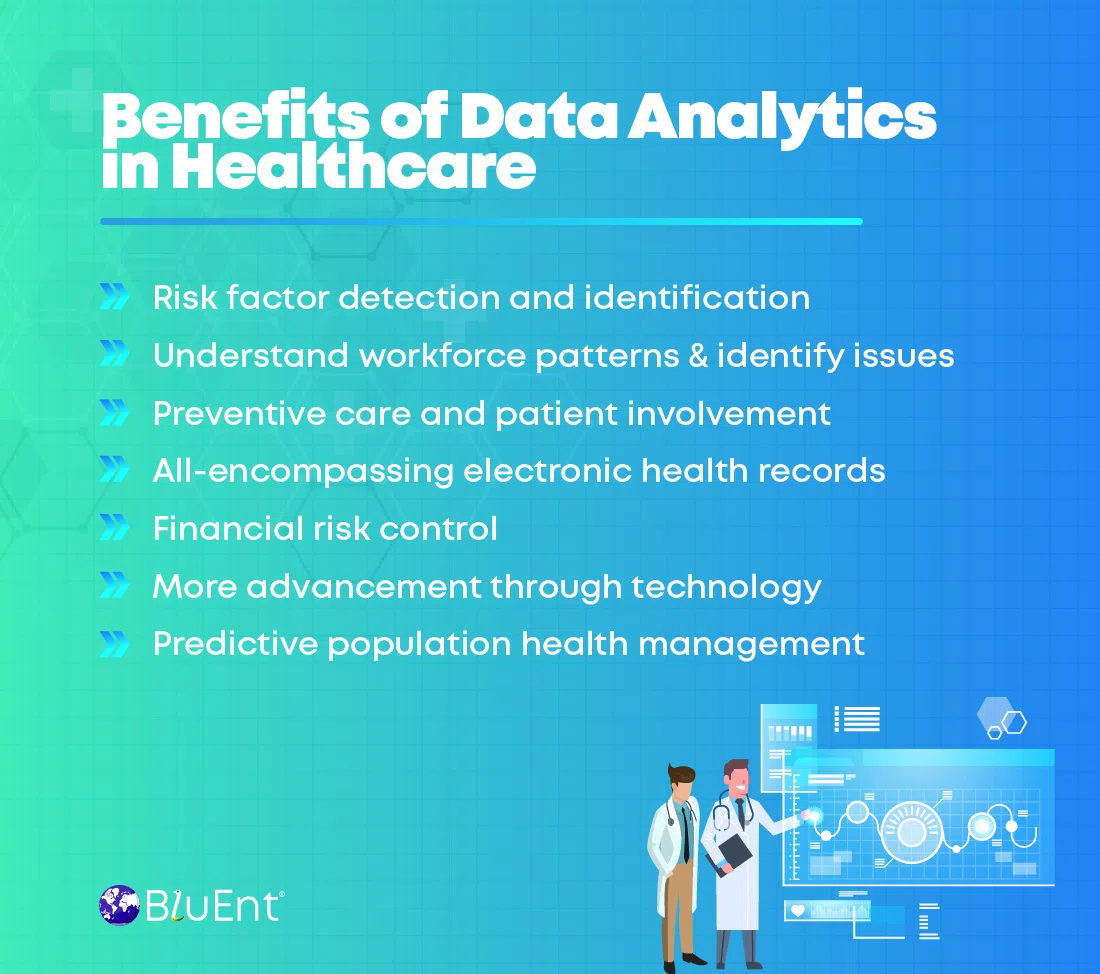
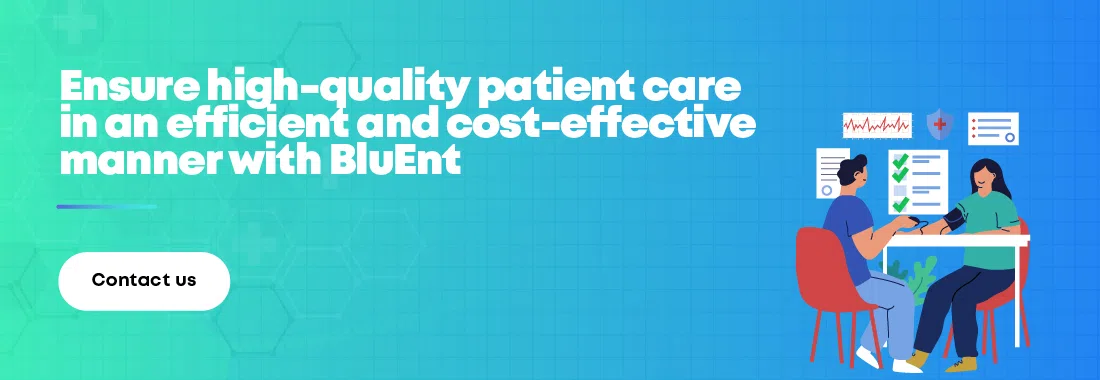
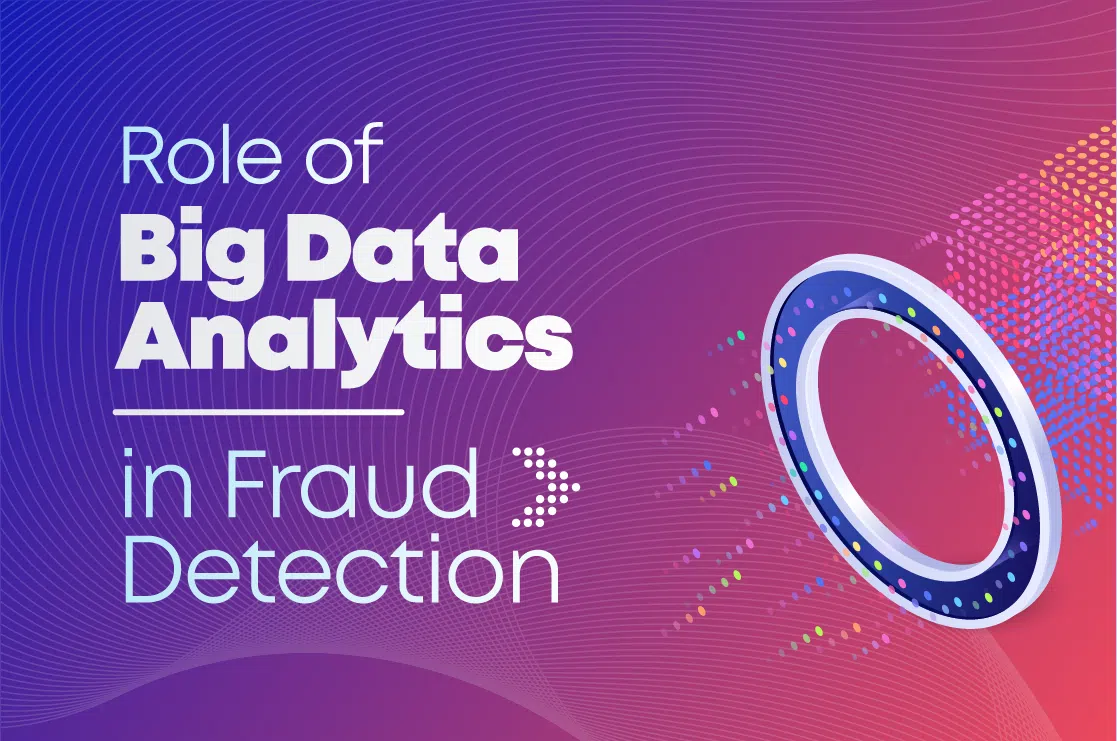 Fraud Data Analytics: How to Detect and Prevent Fraud Using Data
Fraud Data Analytics: How to Detect and Prevent Fraud Using Data 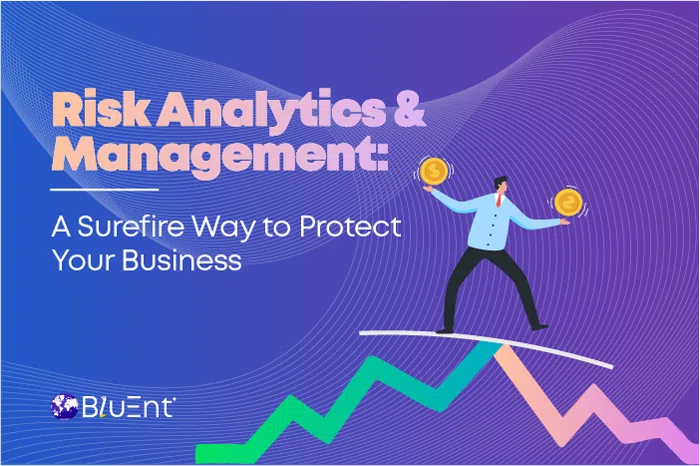 Risk Analysis & Management: A New Approach to Managing Business Uncertainty
Risk Analysis & Management: A New Approach to Managing Business Uncertainty 